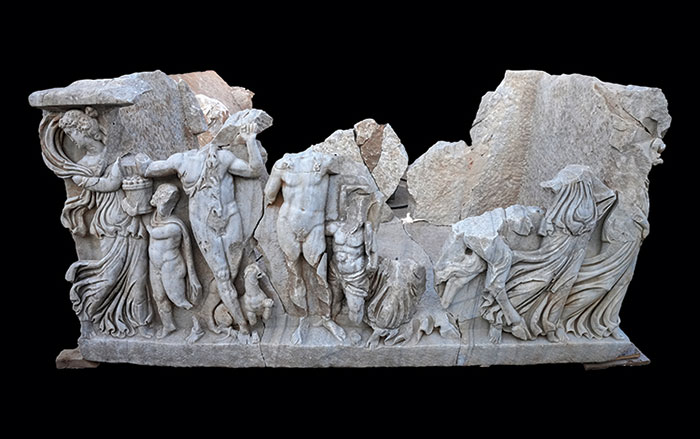
HAIFA, ISRAEL—A study conducted by Ella Been of Ono Academic College and Omry Barzilai of the University of Haifa has compared the burial practices of modern humans and Neanderthals who lived in the Levant during the Middle Paleolithic period, according to a Phys.org report. Inhumation is thought to have been first practiced by both modern humans and Neanderthals after they arrived in the region. Modern humans came to the Levant from Africa between 170,000 and 90,000 years ago, and then again some 55,000 years ago, while Neanderthals from Europe entered the Levant between 120,000 and 55,000 years ago. Been and Barzilai determined that modern humans and Neanderthals did not limit burials by age or sex. Grave goods such as goat horns, deer antlers, and upper and lower jaws were also found to be common to the burials of both species. However, Neanderthals tended to bury their dead inside caves, while modern humans placed their burials in cave entrances or in rock shelters. Modern human burials were more likely to employ a flexed posture for the deceased, while Neanderthal burials were more varied, using flexed, extended, and semi-flexed positions. Neanderthals were more likely to place the body between rocks, or to use modified pieces of limestone as a headrest. Modern humans, on the other hand, might have included ocher and marine shells in their burials. The researchers noted that all cave burials appear to have stopped for a period of more than 30,000 years after Neanderthals went extinct some 50,000 years ago. To read about a study of Neanderthal skeletons in a cave in Iraqi Kurdistan, go to "Z Marks the Spot."











